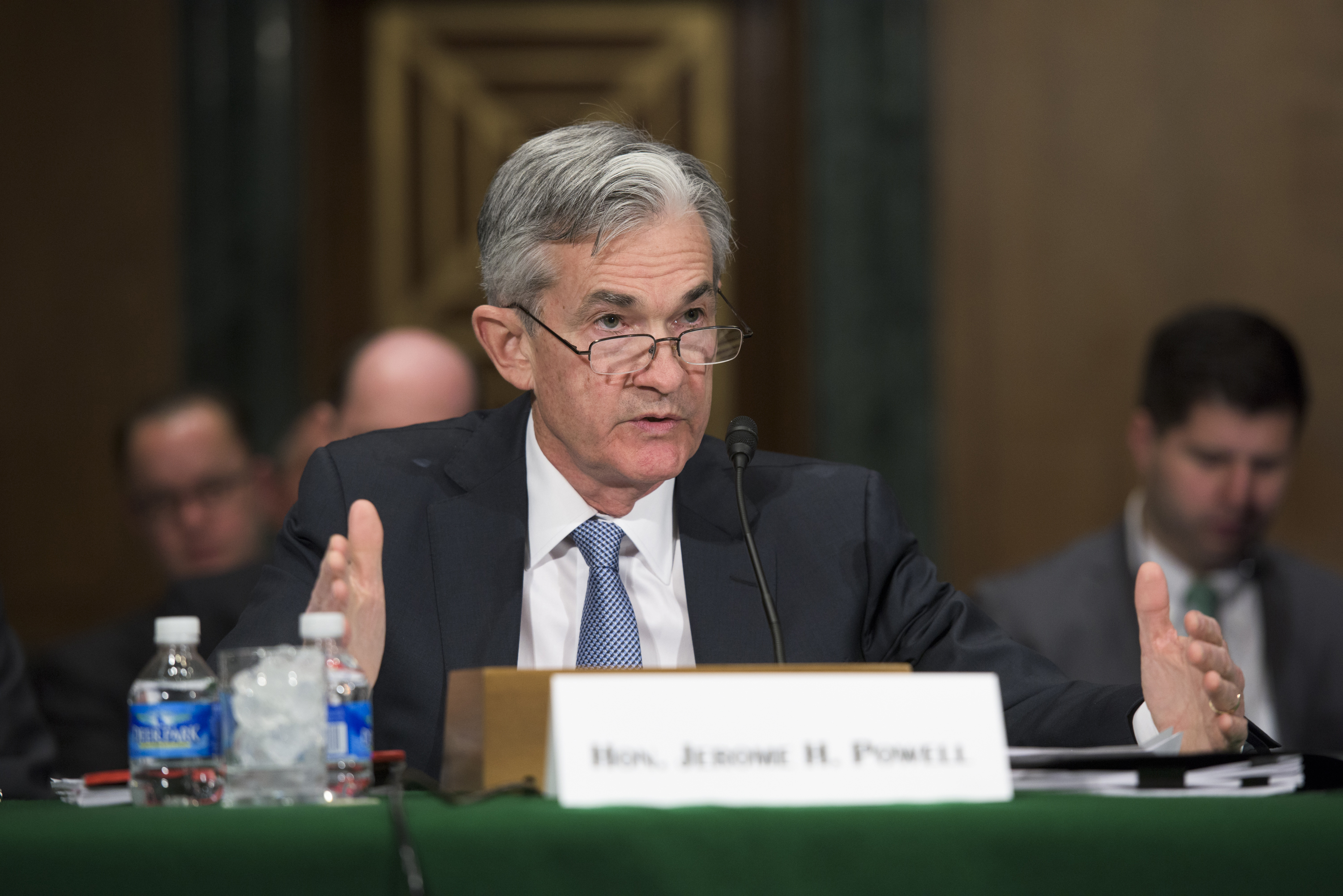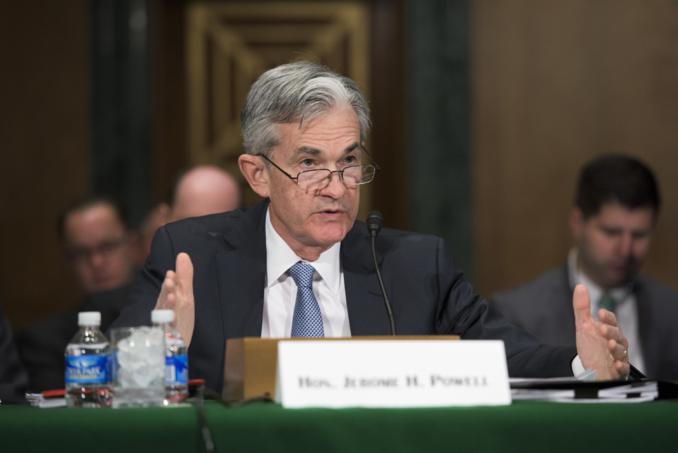The Federal Open Market Committee unanimously approved the adjustment of the regulator's targets, indicating that such a decision takes into account the changes in the US economy that have taken place over the past decade. “The economy is evolving, and the Fed's strategy to achieve its goals must adapt in order to be able to meet new challenges,” said Jerome Powell, speaking at a conference at the Federal Reserve Bank of Kansas City. He pointed out that the policy of inflation targeting (when the main goal is to stabilize price growth, primarily to slow it down) is used in many countries, but in the United States, chronically low price growth is already a cause for concern - as it leads to lower inflation expectations below the target.
The Fed indicated that the average value of the key rate has dropped recently to the lower limit (now it is set in the range of 0-0.25%) and is likely to remain so more often in the future than before. Therefore, downside risks to employment and inflation have intensified (the regulator has fewer opportunities to support the economy by lowering the rate).
Now, in relation to employment, the regulator will assess not “deviations” from the maximum level, but “shortage”.
Regarding the level of prices, the regulator indicated that it “seeks to achieve inflation, which averages 2%.” At the same time, after periods when its level is slightly below the benchmark, “the regulator will strive to achieve the indicator slightly above 2% for some time.”
Explaining the decision, Jerome Powell referred to the fact that since 2012, when the previous wording was adopted, the average expected growth rate of US GDP has decreased from 2.5% to 1.8%, the level of rates on average in the country and in the world has also decreased (and this is a consequence of lower rates of population growth and productivity). As a result, the estimate of the neutral rate since 2012 has decreased from 4.5% to 2.5% (the rate at which the Fed's policy is neither mitigating nor tightening). At the same time, the improvement in the situation on the labor market did not lead to an increase in inflation.
source: cnn.com
The Fed indicated that the average value of the key rate has dropped recently to the lower limit (now it is set in the range of 0-0.25%) and is likely to remain so more often in the future than before. Therefore, downside risks to employment and inflation have intensified (the regulator has fewer opportunities to support the economy by lowering the rate).
Now, in relation to employment, the regulator will assess not “deviations” from the maximum level, but “shortage”.
Regarding the level of prices, the regulator indicated that it “seeks to achieve inflation, which averages 2%.” At the same time, after periods when its level is slightly below the benchmark, “the regulator will strive to achieve the indicator slightly above 2% for some time.”
Explaining the decision, Jerome Powell referred to the fact that since 2012, when the previous wording was adopted, the average expected growth rate of US GDP has decreased from 2.5% to 1.8%, the level of rates on average in the country and in the world has also decreased (and this is a consequence of lower rates of population growth and productivity). As a result, the estimate of the neutral rate since 2012 has decreased from 4.5% to 2.5% (the rate at which the Fed's policy is neither mitigating nor tightening). At the same time, the improvement in the situation on the labor market did not lead to an increase in inflation.
source: cnn.com



















